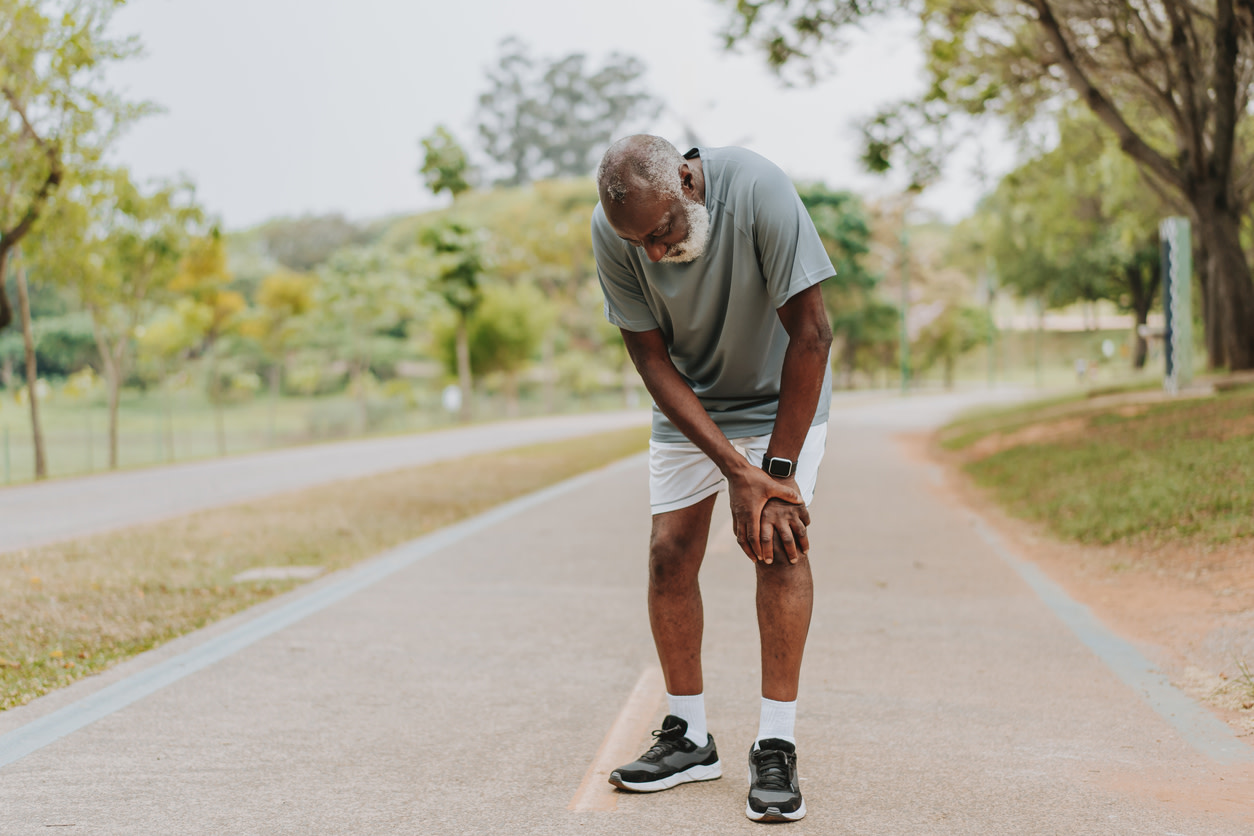How to Treat a Bone Spur in Your Knee, According to Physical Therapists
Learn more about the causes and symptoms of a bone spur in your knee and how to treat it, especially with exercises from physical therapists.
$0 costo para usted
Última actualización: Sep 1, 2025
El índice
Toca el alivio del dolor. En cualquier momento y en cualquier lugar con nuestra aplicación.
Haz ejercicios de un fisioterapeuta con licencia y más para aliviar tu dolor. Todo bien desde tu teléfono. A un costo de 0 dólares para ti.
Comienzpor la aplicaciónPT-Recommended Exercises for Knee Bone Spurs
¿Quieres atención de expertos? Consulta si estás cubierto por nuestro programa gratuito →- Hamstring Stretch
- Quad Stretch
- Knee Extension
- Hamstring Curl
- Bridge
